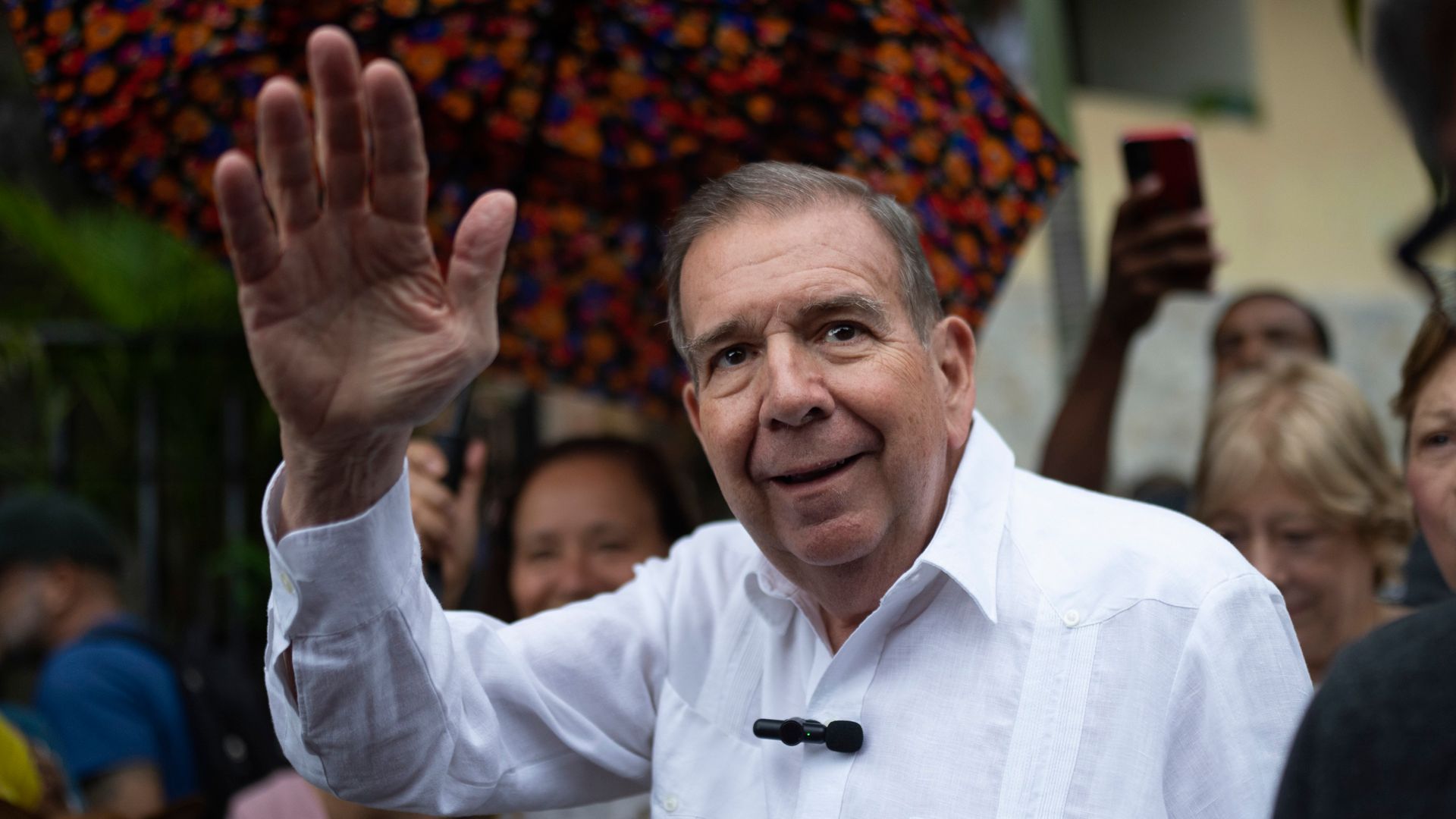The Opec+ cartel of oil-producing nations has announced a production cut of two million barrels per day.
It is a big and dramatic move from the grouping which accounts for around 44% of global oil production.
Although expectations had been growing in recent days of a major cut – first one million barrels, then one and a half and then two – it is nonetheless a loud message from Opec+ (Opec and allies such as Russia) that the fall in oil prices since May has gone too far and needs to be addressed.
It is also a massive two fingers to the United States.
After all, it is less than three months since US president Joe Biden travelled to the Kingdom in a bid to persuade Crown Prince Mohammed bin Salman to raise production, despite his promise to make Saudi Arabia “a pariah” following the murder of the journalist Jamal Khashoggi.
A production cut of this magnitude will add to the tightness in supplies and push up the crude price and, with it, inflation.
West faces uphill battle to stave off recession
The west now faces an even bigger uphill battle in trying to stave off a recession this winter. Germany, Europe’s most important economy, is already very probably in a recession while the UK may not be far behind.
Opec’s joint ministerial monitoring committee, which made the recommendation (which has to be signed off formally by oil ministers), was meeting at Opec headquarters in Vienna. It is the first in-person meeting held by the cartel in two years and the most important in that time.
The decision means that Saudi Arabia and Russia, the two countries that were most pushing for the most aggressive production cuts, appear to have got their way over other Opec members, most notably the United Arab Emirates, that had urged restraint.
Saudi Arabia had been pushing for a production cut of at least 1.5 million barrels per day.
The cartel’s biggest and most important member has been increasingly agitated about the decline in crude prices in recent months.
Brent Crude, peaked at $139.13 (£122.96) a barrel on 7 March shortly after the invasion of Ukraine, but then drifted until mid-April before rallying again to hit $125.28 (£110.73) at the end of May.
But it has since fallen sharply, mainly due to the deteriorating global economic outlook, in part brought on by the renewed wave of Chinese COVID lockdowns and in part due to aggressive central bank action – particularly from the US Federal Reserve – to tackle inflation. From the end of May, Brent Crude fell by 33% to its most recent low seven sessions ago, since when it has rallied on the prospect of today’s production cuts.
The Saudis were keen to stop prices falling further.
Russia keen for big production cut
Russia was the other major player agitating for a big production cut. The country, which had already cut production by about 10% from its peak level, has been forced to sell its crude at a sharp discount to the market price due to a boycott by most of the west. Most of that has been snapped up by China and India. So it too was keen to see a production cut to bolster crude prices and keep money flowing into the Kremlin’s coffers as it wages war on its neighbour.
The seriousness with which Russia took the meeting was shown by the fact that Alexander Novak, Russia’s long-time minister of energy and now its deputy prime minister, attended in person. Mr Novak, who has been subjected to US sanctions since Friday last week, is the highest-ranking Russian official to have ventured into the west since Vladimir Putin attacked Ukraine in February this year.
Read more:
Oil prices to rise as two million fewer barrels to be produced each day
Ranged against Russia and the Saudis were a number of other Opec+ members, led by the UAE but also including Kuwait, who were worried that a big production cut will hamper their ability to raise output longer term and who have been investing heavily in adding capacity.
Some Opec+ members will also be concerned that production cuts will backfire because, if they spark higher prices, that will feed into higher inflation – with central banks likely to raise interest rates more aggressively in response. That in turn would hit demand further down the line.
Prices are rising
So where does crude go from here?
In the short term, the price has been rising in recent days, as the market started pricing in the prospect of a bigger-than-expected production cut. Brent at one point touched $93.20 (£82.39) a barrel – its highest since 21 September – and it is up 10% from its most recent low hit on Monday last week.
But there are a couple of unknowns that make it harder to predict how much higher it may go in the coming weeks.
The first unknown is whether the price cap on Russian crude agreed by the G7 will work. The cap, which was due to be signed off by Brussels on Wednesday, would set the price of Russian crude at a lower level than it is currently selling and is aimed at hitting the Kremlin’s oil revenues to the tune of tens of billions of dollars a year.
To work, though, it will need the big buyers of Russian crude, chiefly China and India, to adhere to it – although the US government calculates that, even if they do not, Russian crude prices will fall by between 30% to 40%.
If the price cap works, Russia is expected to respond by stopping sales to those countries implementing it, which could add to further scarcity.
As Helima Croft, of RBC Capital Markets, told CNBC on Wednesday: “I think this sets us up for a significant jump [in the price] come the year-end. I think we’re being set up for a $100 (£88.39) per barrel environment.”
Watching closely whether the cap works will be the Opec+ members themselves. Several, with dubious human rights records, fret that they could come in for similar treatment in future if the cap on Russian crude succeeds in stemming the flow of dollars to the Kremlin.
Please use Chrome browser for a more accessible video player
Biden will not want to see a rise in gas prices
The second great unknown is how the US responds.
The White House had sought to apply pressure and made clear in advance of the meeting, particularly to Saudi Arabia, that it was very unhappy about the prospect of a production cut.
The US could respond by releasing more reserves from its Strategic Petroleum Reserve (SPR). This, though, would be risky as US reserves are already at a 38-year low and most discussion recently has focused on when the administration intends to begin refilling the SPR following recent reserve releases.
Read more on Sky News:
Energy price guarantee could cost taxpayer £140bn in ‘extreme’ scenario
Average mortgage interest rate rises above 6% – highest since 2008
A further strategic release by the US does feel likely, though, because Mr Biden will not want to see a rise in gasoline prices ahead of the US mid-term elections next month.
Ms Croft told CNBC: “The price response will dictate how the White House reacts.”
One further unknown, at this stage, is whether the proposed production cut is nominal or real, in other words, whether it takes account of existing under-production by Opec+.
The cartel has very little spare production capacity right now, with the current exception of the Saudis, which has meant that it has been falling short of its production targets for most of the year to the tune of three million barrels per day. So details will be sought from market participants as to whether this shortfall should be included.
But the west has been put on notice: Opec wants prices higher and will not stop until they are.






















